Prince Of Orange Flower Info: Prince Of Orange Scented Geranium Care
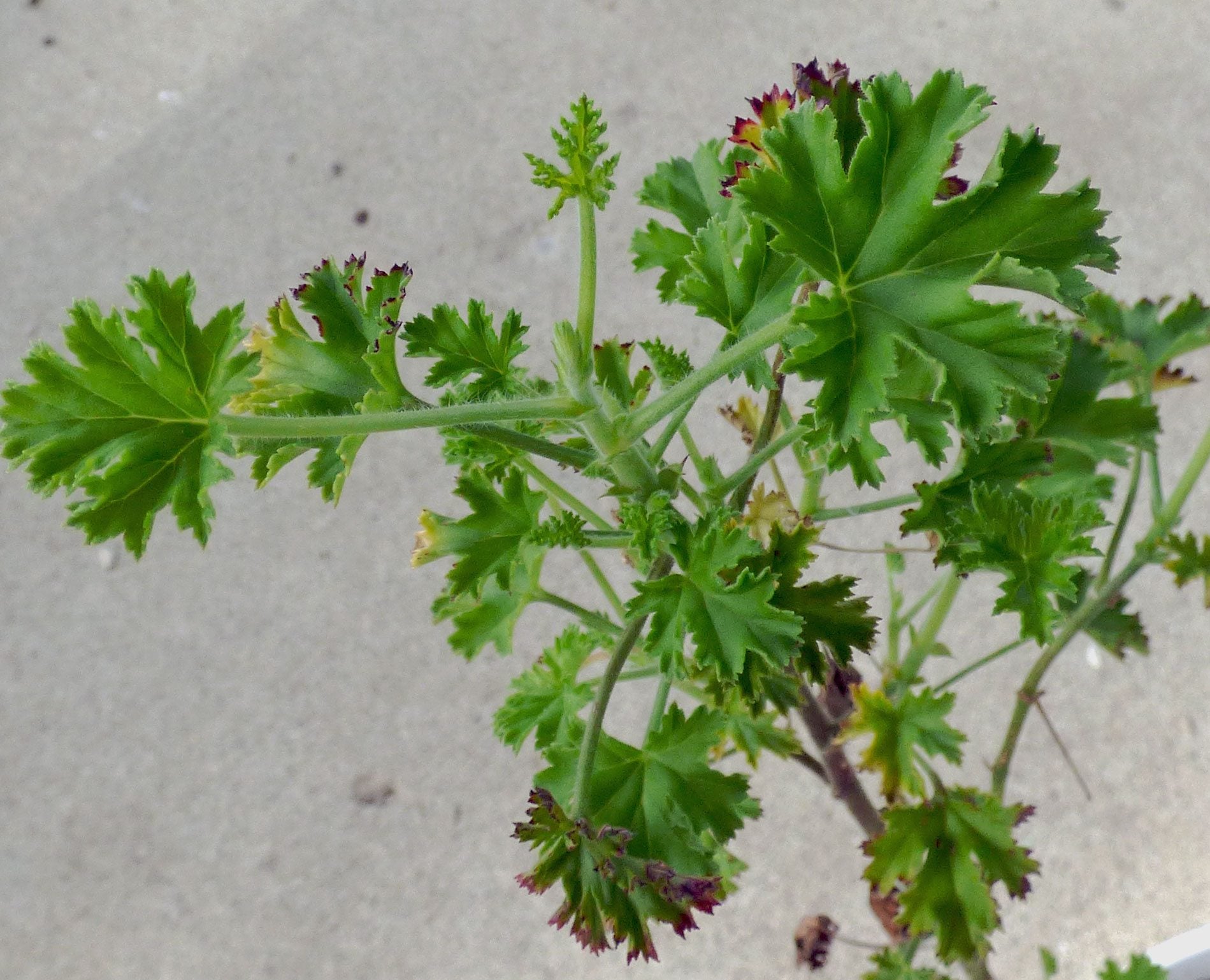

Also known as Prince of Orange scented geranium (Pelargonium x citriodorum), Pelargonium ‘Prince of Orange,’ doesn’t produce big, striking blooms like most other geraniums, but the delightful scent more than makes up for the lack of visual pizzazz. As the name indicates, Prince of Orange pelargoniums are scented leaf geraniums that exudes the warm aroma of citrus. Want to try your hand at growing Prince of Orange pelargoniums? Growing Prince of Orange geraniums isn’t difficult, as you’re about to find out!
Prince of Orange Flower Info
Although they may not be flashy, Prince of Orange scented geraniums have plenty to offer with glossy foliage and clusters of pale pinkish lavender flowers marked with purple veins. Blooming usually continues throughout the growing season. Prince of Orange pelargoniums are perennial in USDA plant hardiness zones 10 and 11 and may survive zone 9 with winter protection. In cooler climates, Pelargonium Prince of Orange is grown as an annual.
Growing Prince of Orange Geranium Plants
Although Prince of Orange geranium is adaptable to most types of well-drained soil, it thrives in soil with a slightly acidic pH. You can also plant Prince of Orange pelargoniums in a container filled with a high-quality potting mixture. Water in-ground pelargonium whenever the top 1 to 2 inches (2.5-5 cm.) of soil feels dry to the touch. Pelargonium is relatively forgiving, but the soil should never be bone dry. On the other hand, plants in waterlogged soil are susceptible to root rot, so strive for a happy medium. Keep a close eye on Pelargonium Prince of Orange grown in containers and check the plants daily during hot weather, as potting soil dries much more quickly. Water deeply whenever the soil feels dry, then let the pot drain thoroughly. Water Prince of Orange scented geranium at the base of the plant, using a garden hose or watering can. Avoid overhead watering, if possible, as damp foliage is more susceptible to rot and other moisture-related diseases. Fertilize Prince of Orange pelargoniums every four to six weeks using a general-purpose, balanced fertilizer. Deadhead flowers as soon as they wilt to encourage formation of new buds. Cut back side stems if Prince of Orange pelargoniums look straggly during late summer.
Gardening tips, videos, info and more delivered right to your inbox!
Sign up for the Gardening Know How newsletter today and receive a free copy of our e-book "How to Grow Delicious Tomatoes".

A Credentialed Garden Writer, Mary H. Dyer was with Gardening Know How in the very beginning, publishing articles as early as 2007.
-
 What Not To Plant With Tomatoes: 8 Bad Neighbors That Could Ruin Your Harvest
What Not To Plant With Tomatoes: 8 Bad Neighbors That Could Ruin Your HarvestNot all companion plants are beneficial – some can sabotage your tomatoes. Find out which ones to keep at a safe distance in the garden.
-
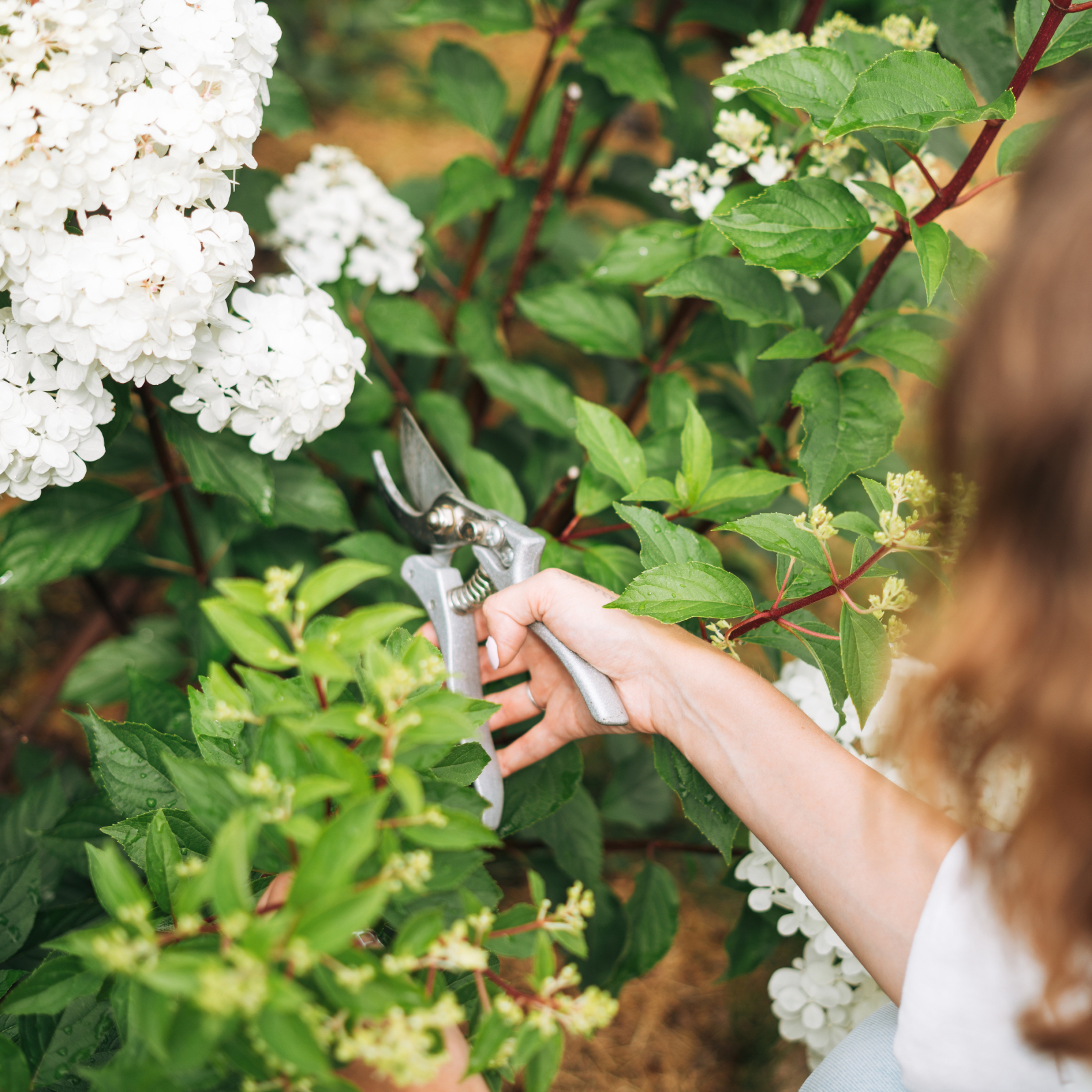 Pruning Limelight Hydrangea Bushes For Bigger Blooms & Stronger Plants
Pruning Limelight Hydrangea Bushes For Bigger Blooms & Stronger PlantsPruning 'Limelight' hydrangea will benefit the shrub. Flowers will be more bountiful the next year and branches will be stronger. Learn how and when to prune.
-
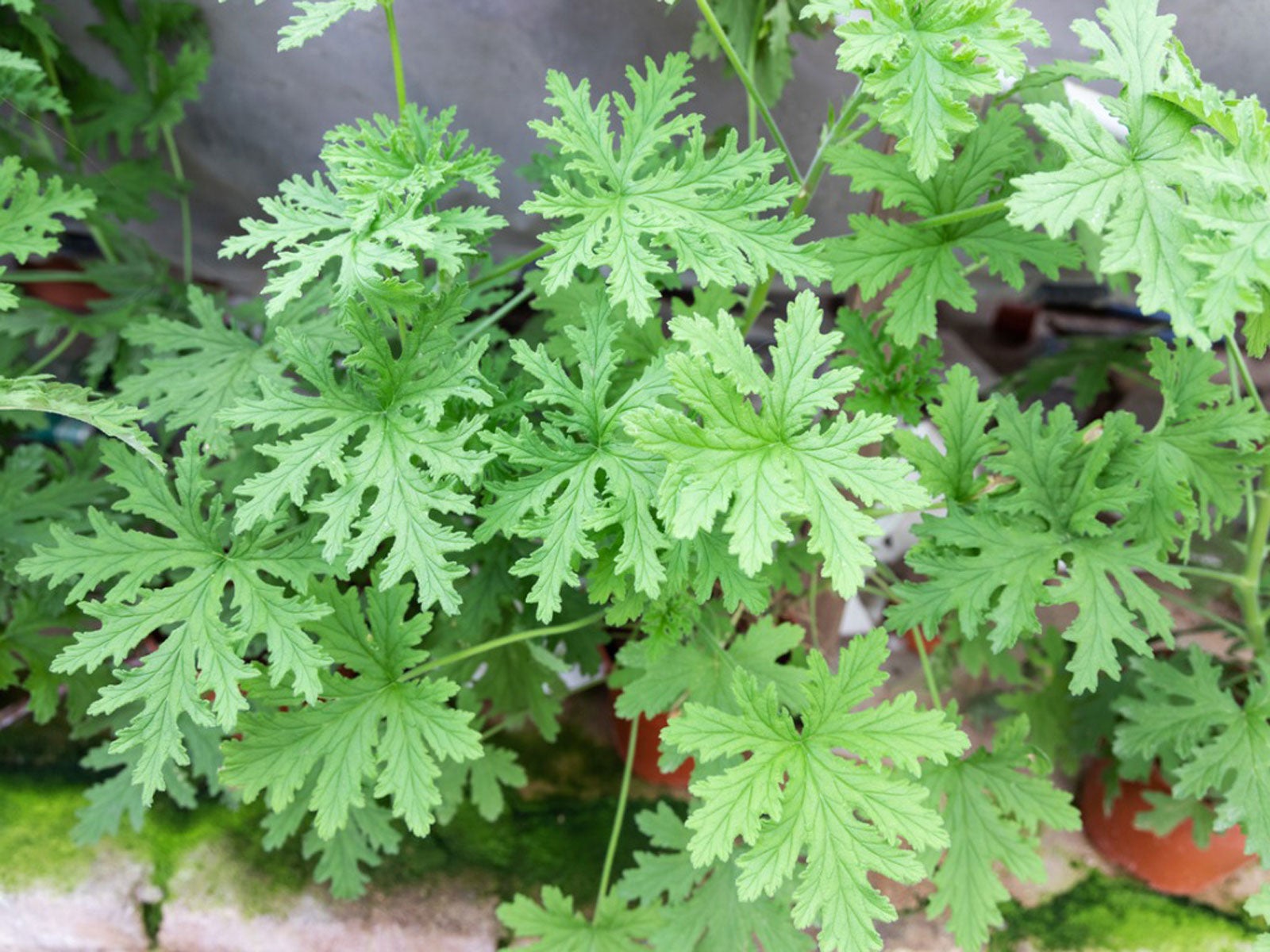 Pets And Citronella Geraniums – Is Citronella Toxic To Pets
Pets And Citronella Geraniums – Is Citronella Toxic To PetsIs citronella safe for pets? If you grow scented geraniums, be sure to keep your dogs and cats away. Scented geraniums are toxic to pets. Learn more here.
-
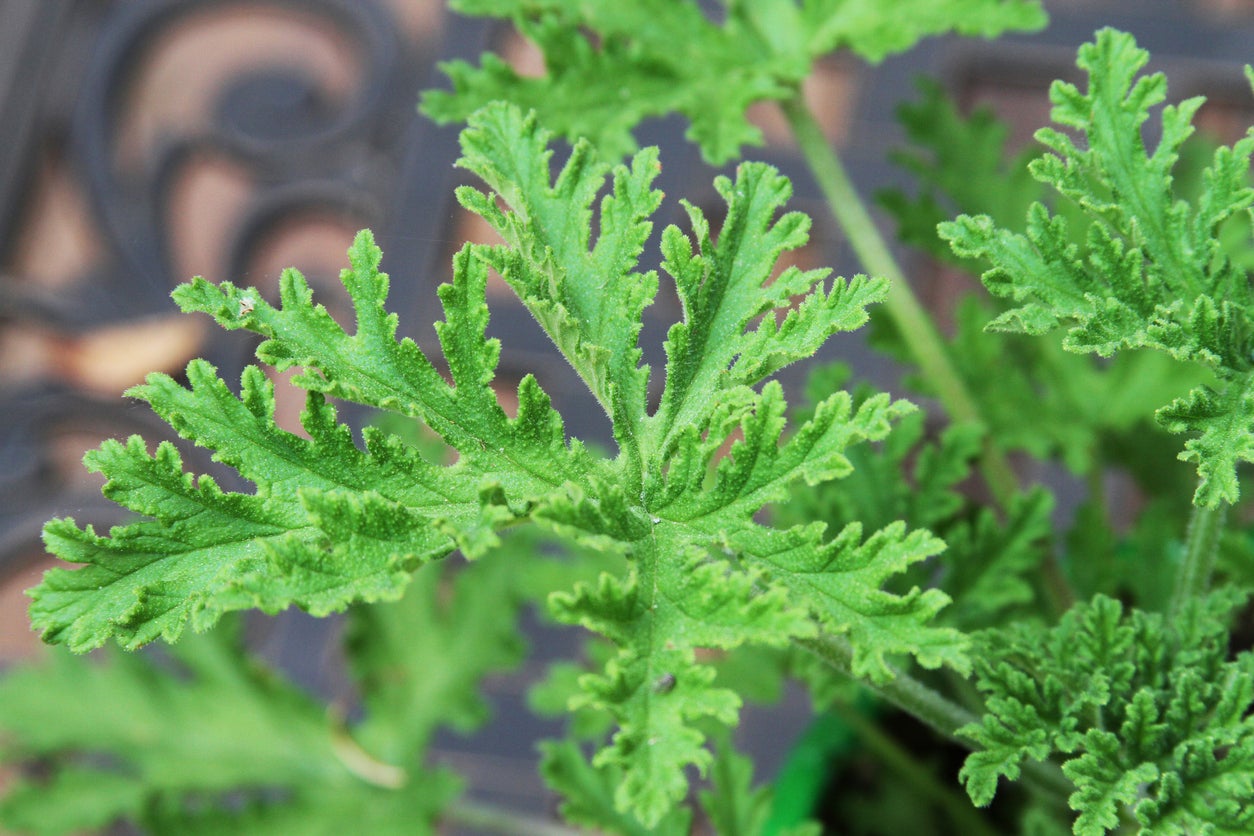 Mosquito Plant Pruning: How To Cut Back Citronella Geranium Plants
Mosquito Plant Pruning: How To Cut Back Citronella Geranium PlantsAlthough not as effective as commercially prepared repellents, the mosquito plant is a popular choice for backyard gardens. While this is just one aspect of growing these plants, pruning mosquito geraniums is another. Learn more in this article.
-
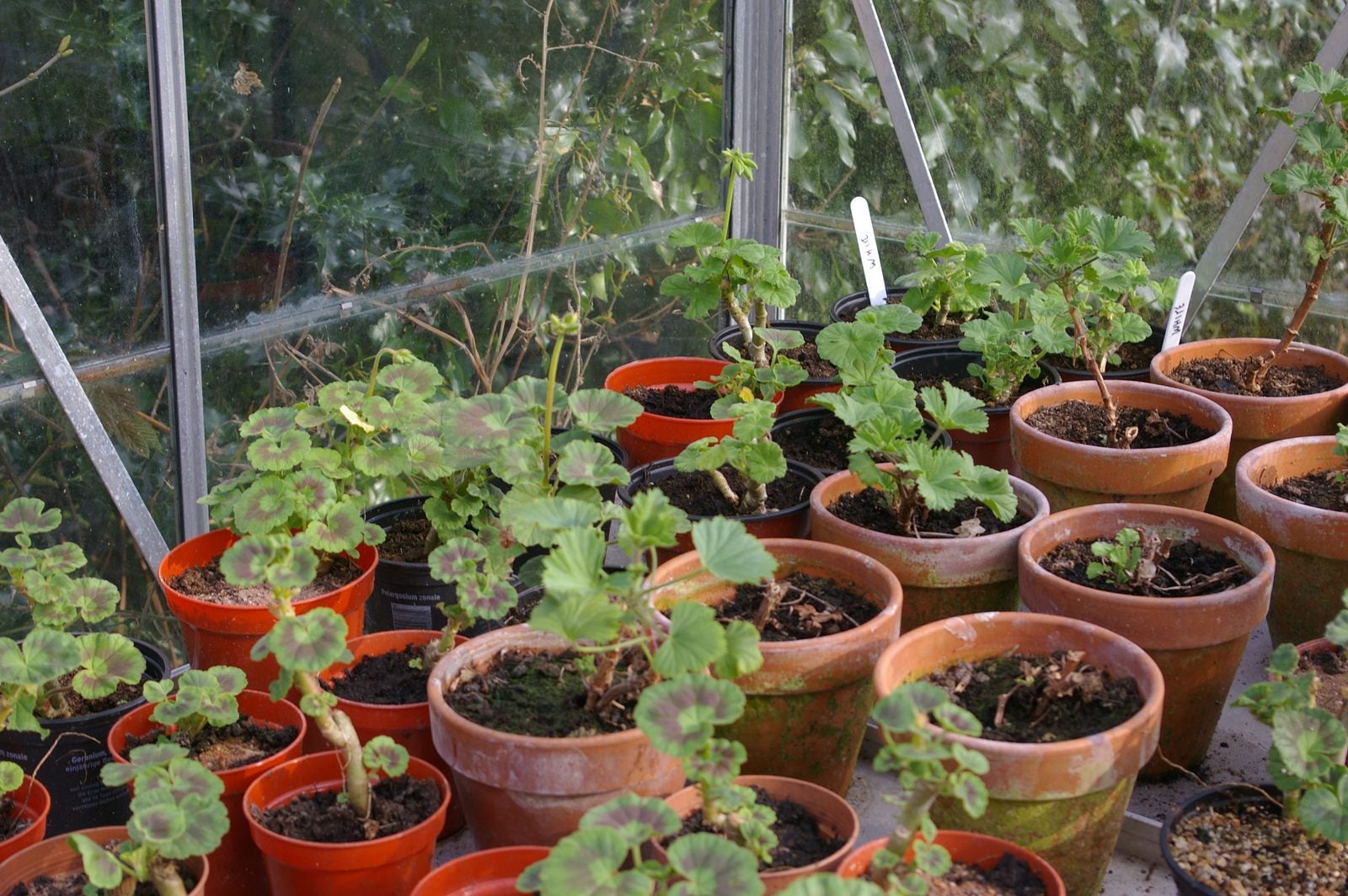 Rooting Pelargonium Cuttings: Growing Scented Geraniums From Cuttings
Rooting Pelargonium Cuttings: Growing Scented Geraniums From CuttingsScented geraniums (Pelargoniums) are tender perennials available in delightful scents like spice, mint, various fruits, and rose. If you love scented geraniums, you can easily multiply your plants by rooting Pelargonium cuttings. Learn how in this article.
-
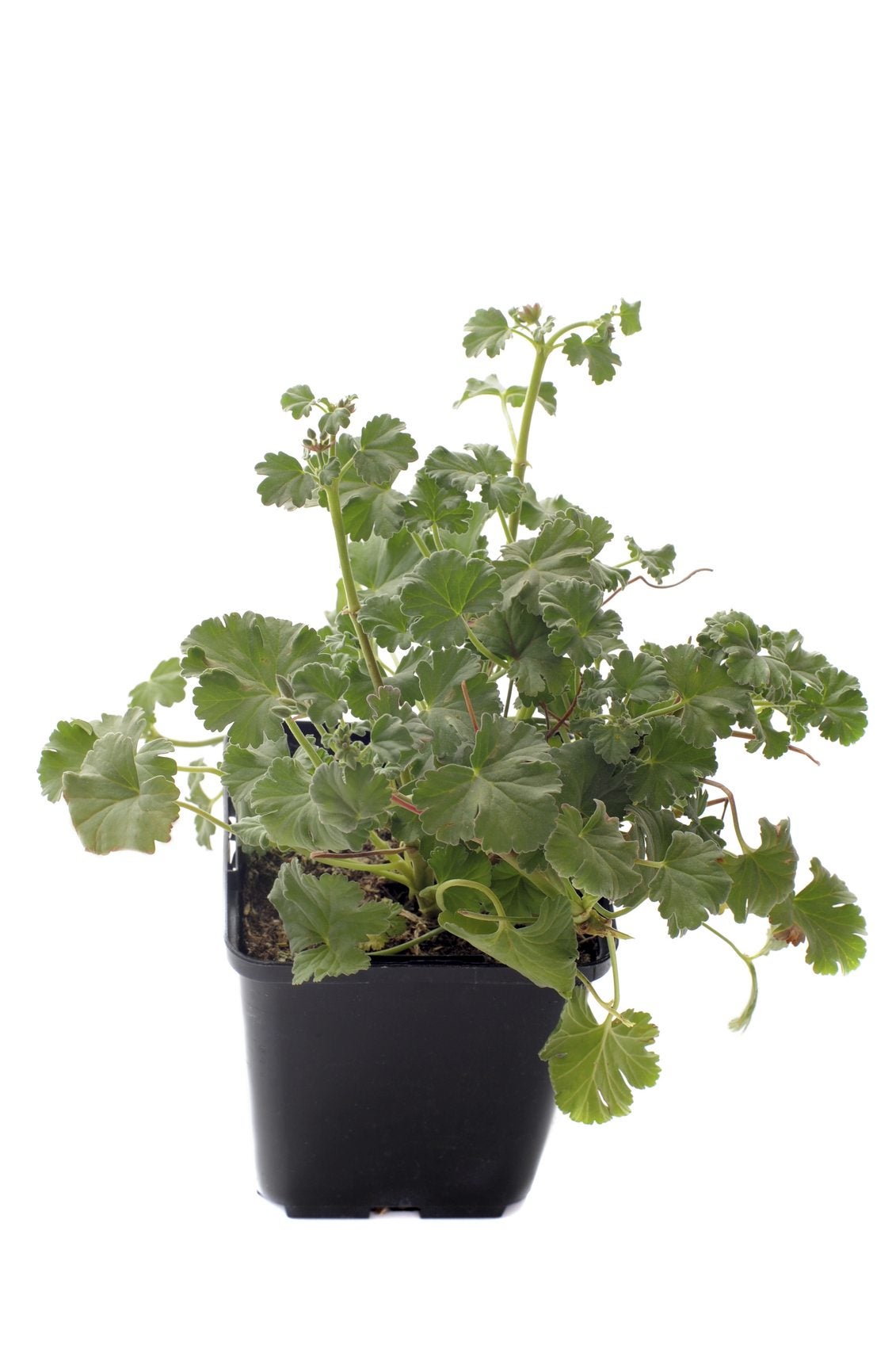 Attar Of Rose Geraniums: Learn About Scented Attar Of Roses
Attar Of Rose Geraniums: Learn About Scented Attar Of RosesScented attar of roses, extracted from the blooms of roses, was highly desired and very expensive during the Victorian era. Thus, geranium attar of rose became an inexpensive substitute. Learn more about this plant in the following article.
-
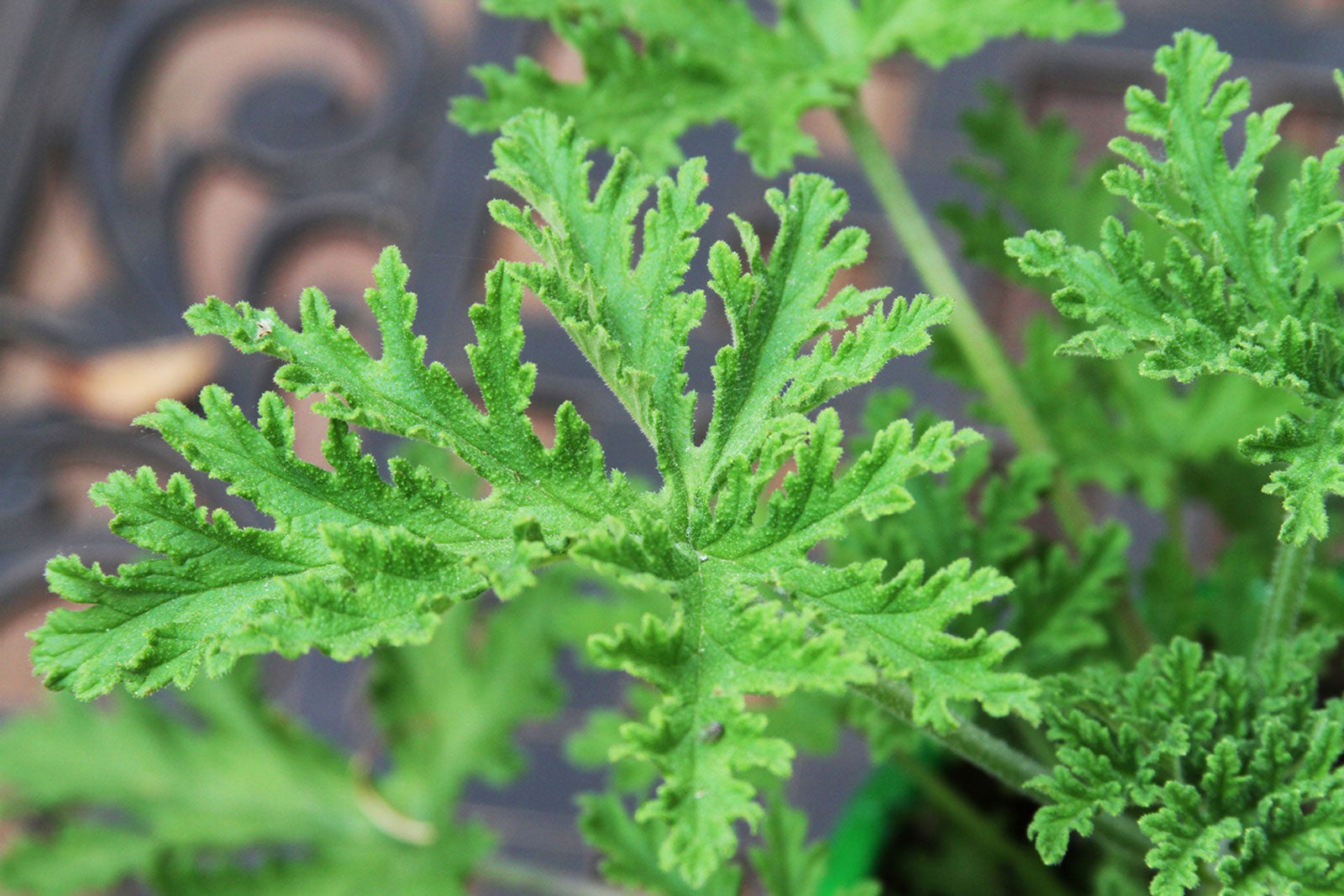 How To Care For Citronella Mosquito Plants
How To Care For Citronella Mosquito PlantsWhile we may consider citronella plant for mosquitoes a common garden plant, we’re probably thinking of citronella geranium, a delicately scented geranium that may or may not repel insects, and can be grown in the garden or as a houseplant.
-
 Scented Geranium Care: How To Grow Scented Geranium
Scented Geranium Care: How To Grow Scented GeraniumScented geranium plants are a sensual delight in any home or garden. Read the following article to get tips on growing scented geranium plants so you can take advantage of all they have to offer.